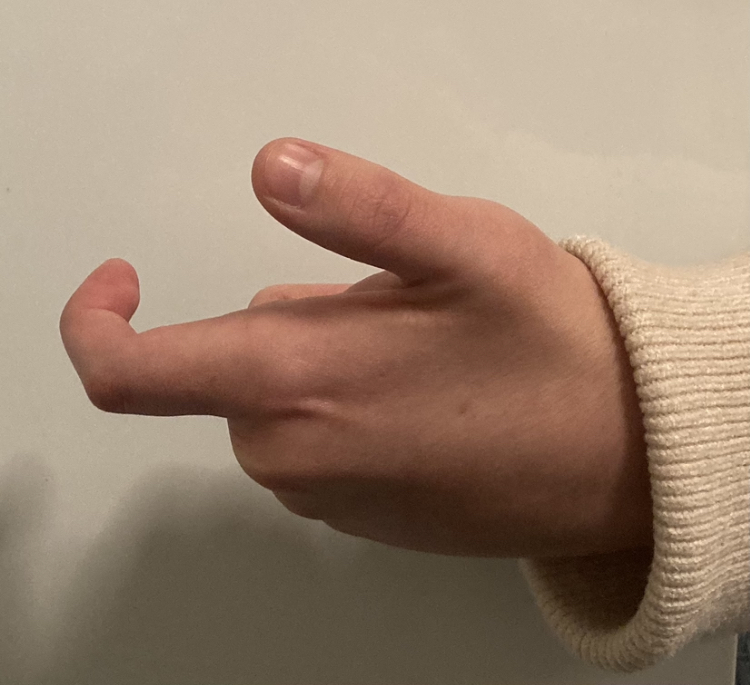Background: The informant was born in the Philippines to a Filipino mom and a white dad, and spent his childhood, from age 2 to 13, from 1966-1977. Yap is a small group of islands in Micronesia, of which he grew up on the main island of Yap. I was told of this legend over the phone.
Informant: So, um.. when I grew up in Yap, the Yapese… they don’t have a written language. And so, when all, well indigenous peoples for lack of a better word, indigenous peoples without a written language have a history of oral tradition and in Yapese they were all referred to legends for the oral traditions.
A very popular or well-known one is The Legend of Stone Money. So yap, as you may know, the island, is known as the island of stone money, and there are many anthropologists that have gone there and there was even a ted talk about the legend of stone money.
To give some background, stone money on the island of yap has monetary or currency value and the reason it comes up a lot with economists is that it’s a method of exchange but that you don’t actually… you can’t actually carry or give somebody stone money as they’re usually really large pieces. And, um, it’s very difficult to transport and so what it often then becomes is the ownership of the money changes hands, but the location doesn’t, if that makes any sense
Me: Yeah. And what classifies a stone as stone money? Is there a set size?
Informant: They can be huge… as large as 8-10 feet in diameter. They can be huge.
Me: Gotcha. How does one get it in the first place? Are there carvings or something?
Informant: Yeah, yeah. So stone money is actually limestone, of which there isn’t actually much found on Yap itself. Yap is a coral atoll, it’s not really volcanic, so somewhere inside the island there’s limestone as that’s what coral turns into. So the legend is, what the yapese decided many many years ago… they also have a history of sailing as well… but many many years ago the Yapese decided they wanted to go…. To sail to the moon. They wanted to go see the full moon. So, the full moon, as you might imagine, when it comes up on the horizon (you may have seen), imagine being on the beach in PayPay, and all you see perhaps in the distance are a couple islands, but all you see away from the beach is the sea and the horizon. When the moon comes up, it’s super spectacular, especially wen it’s low on the horizon. So imagine the moon coming up and
The way that stone money came about is the Yapese decided they were going to go the full moon, they were going to sail to the full moon. People in Micronesia, particularly in the island of yap and the outer islands of yap are known to be incredible navigators
Small islands, Micronesia, and their primary mode of transportation is sailing from island to island using canoes. In the legend, Yapese men got together in their sailing canoes and decided to sail to the moon. Well the moon rises in the east, like the sun, and sets in the west, like the sun. They started off on their journey to the moon and as they followed it over the course of the night, because the moon was rising and setting, they were changing course along the way.
Where the moon set to them actually had them sail to the island of Palau. Palau is the closest large island to Yap. Completely different language, completely different culture, but the closest large island. The Yapese end up in Palau and the Palau are known for the “rock islands of Palau.” There are big, huge, walls of limestone that resemble the color of the moon. In order to return home and not be made fun of by the rest of the people, the men decided to quarry out disks that look like the moon. They’re not spheres, but they’re round since they see the moon as two-dimensional, but in order to carry them, because they were so heavy, they put holes in the center of disks so they could put a bamboo pole through the center and have two or more people carry them down.
The size of the stone money also has some valuation consideration—the bigger the piece of stone money, the more valuable it is. I don’t know exactly how that value is calculated, but in the photos, you will see that there are varying sizes of stone money.
The story board art tradition is from Palau, and not Yapese, but it depicts the Palauan version of the Yapese story of stone money.
Thoughts: It’s so interesting to me that the oral tradition in Yapese culture is still so prevalent even today. While this legend was something told to the informant when he was a child, he never read any script of this legend, and even when retelling it there are parts that the informant needed to pause to remember, and as he was retelling this legend to me there were moments that triggered other memories related to the original legend. Doing a little bit of research on the stone money legend doesn’t prove to produce much similarities to the legend I was told, and instead paints the origins of stone money as coming from a need for money in a society. The other version of the legend I found detailed an explorer who, similar to the story I was told, found himself off course when exploring, and found himself on Palau as well and carved disks out of the limestone. The details and the premise of the latter legend and the one I was told are still quite different, and it’s interesting to me that there are som any different versions that all share the same result—the origin and use of stone money in Yapese culture. To read the other versions of this legend, you can find them here:
Barach, Paul. “The Island of Yap and the Idea of Money.” Medium, Mission.org, 25 Aug. 2016, https://medium.com/the-mission/the-island-of-yap-and-the-idea-of-money-9f570421d854.
Adamovich, Kirill. “Stones as Means of Payment: The Story behind Island of Yap Money.” PaySpace Magazine, PaySpaceMagazine, 11 June 2020, https://payspacemagazine.com/economy/stones-as-means-of-payment-the-story-behind-island-of-yap-money/#:~:text=According%20to%20the%20Yap%20legend,therefore%2C%20they%20became%20valuable%20materials.


